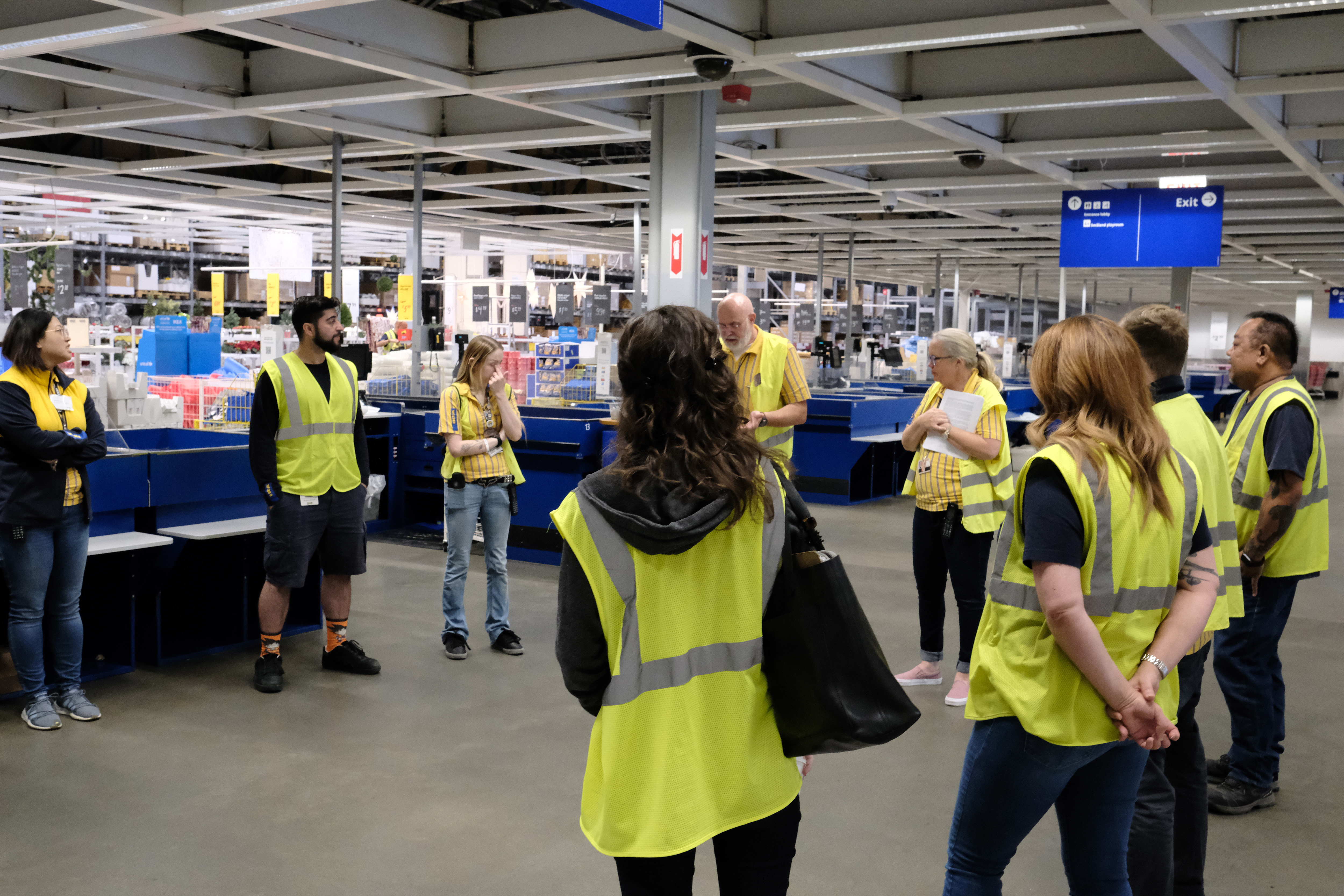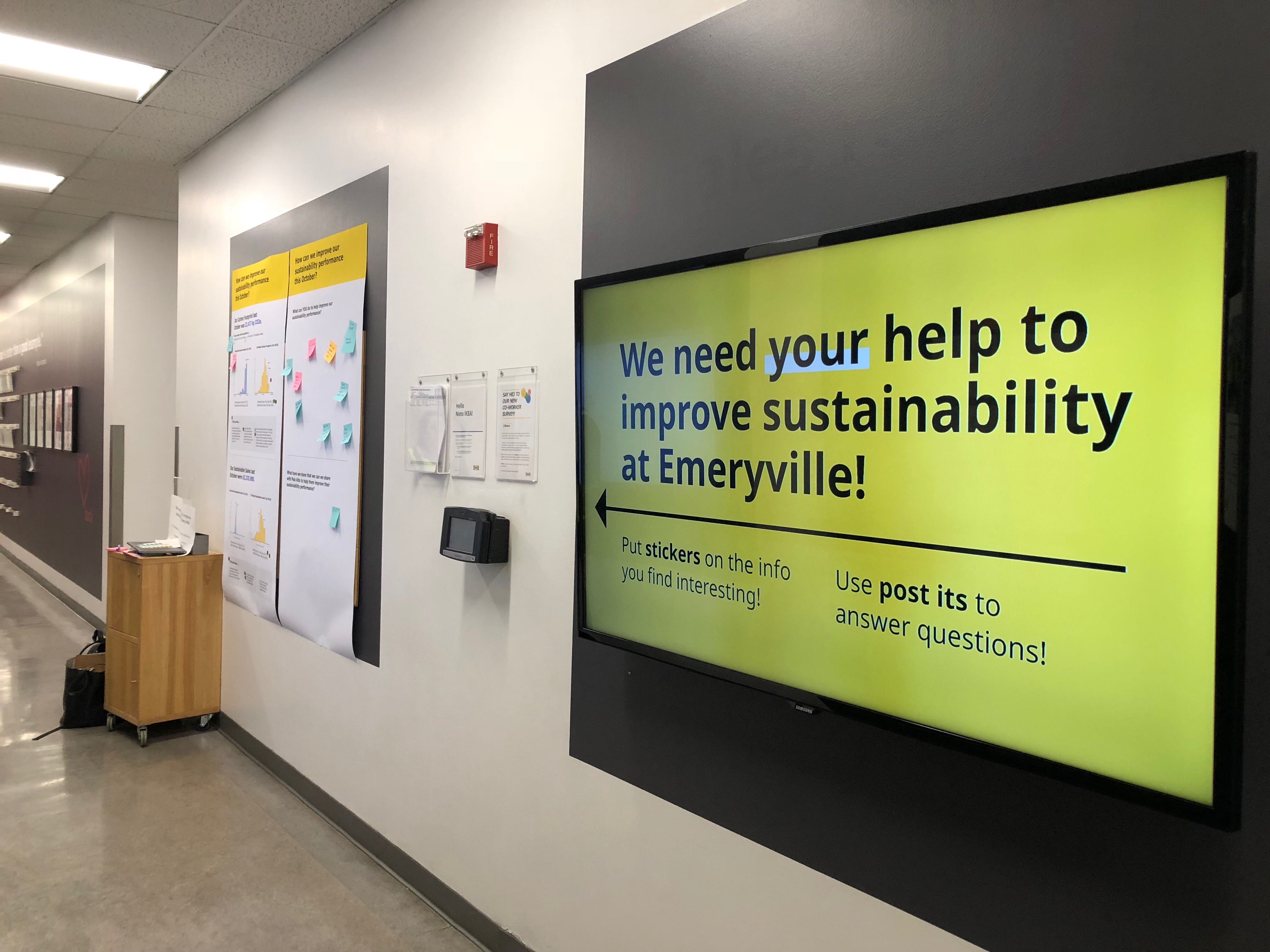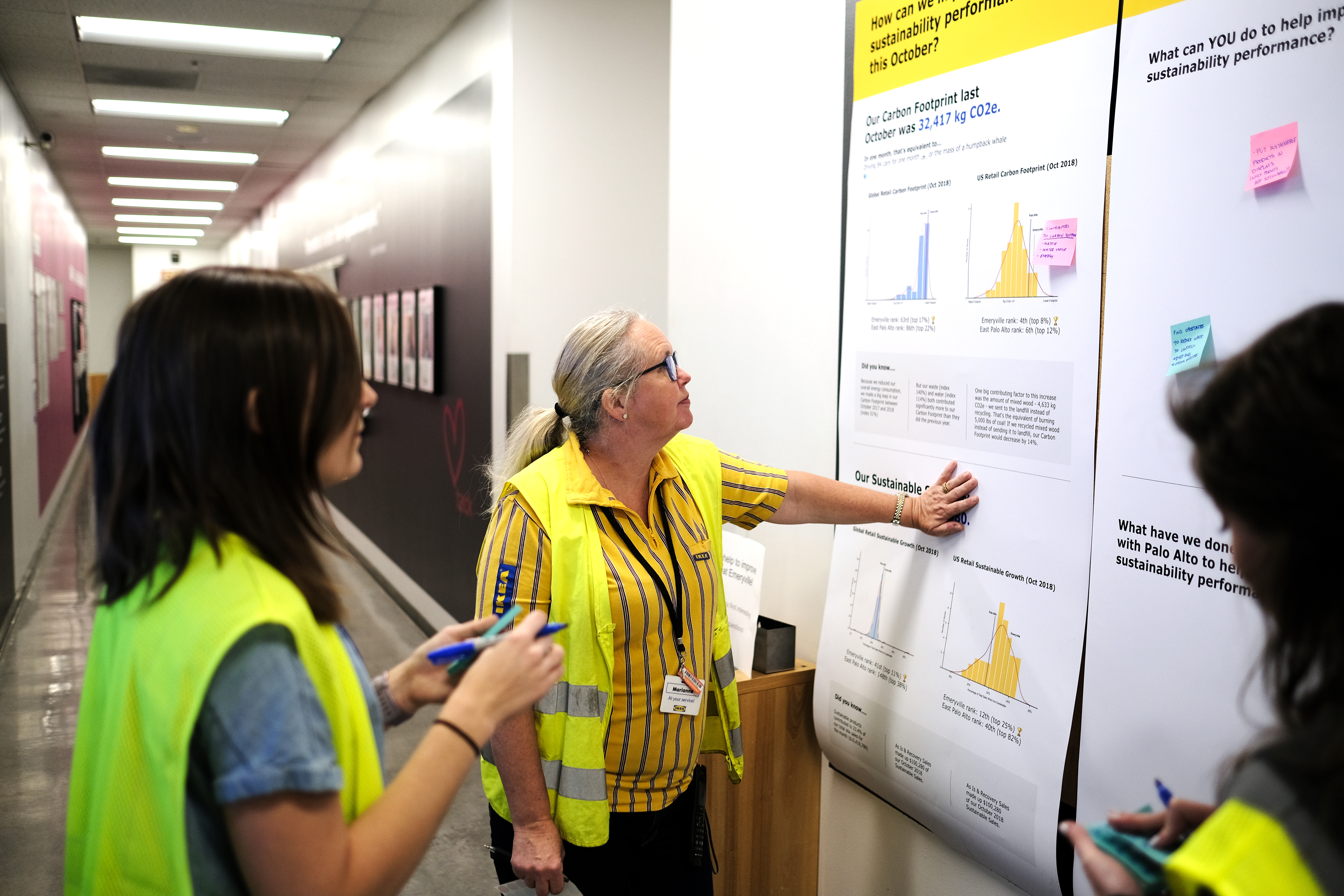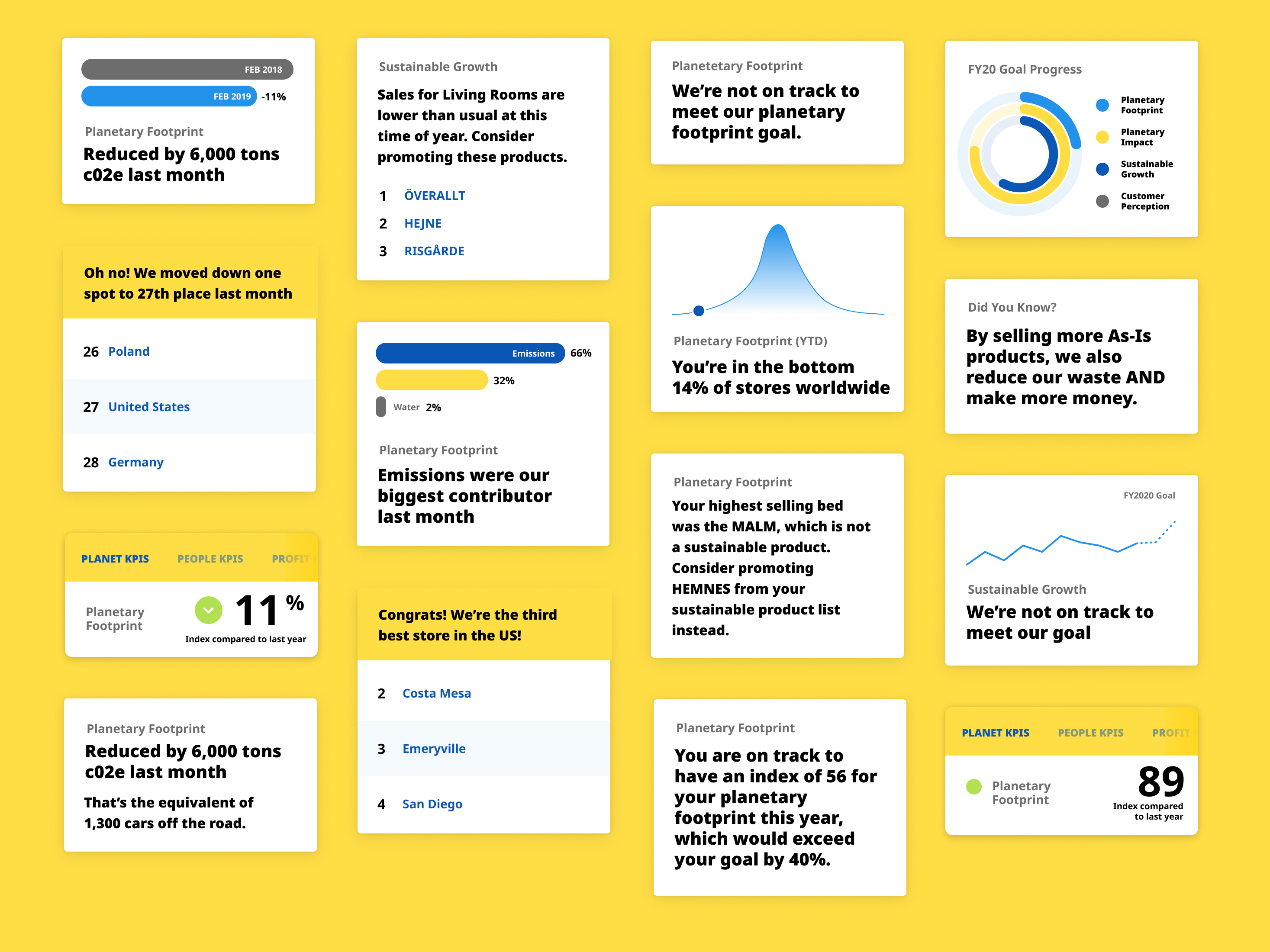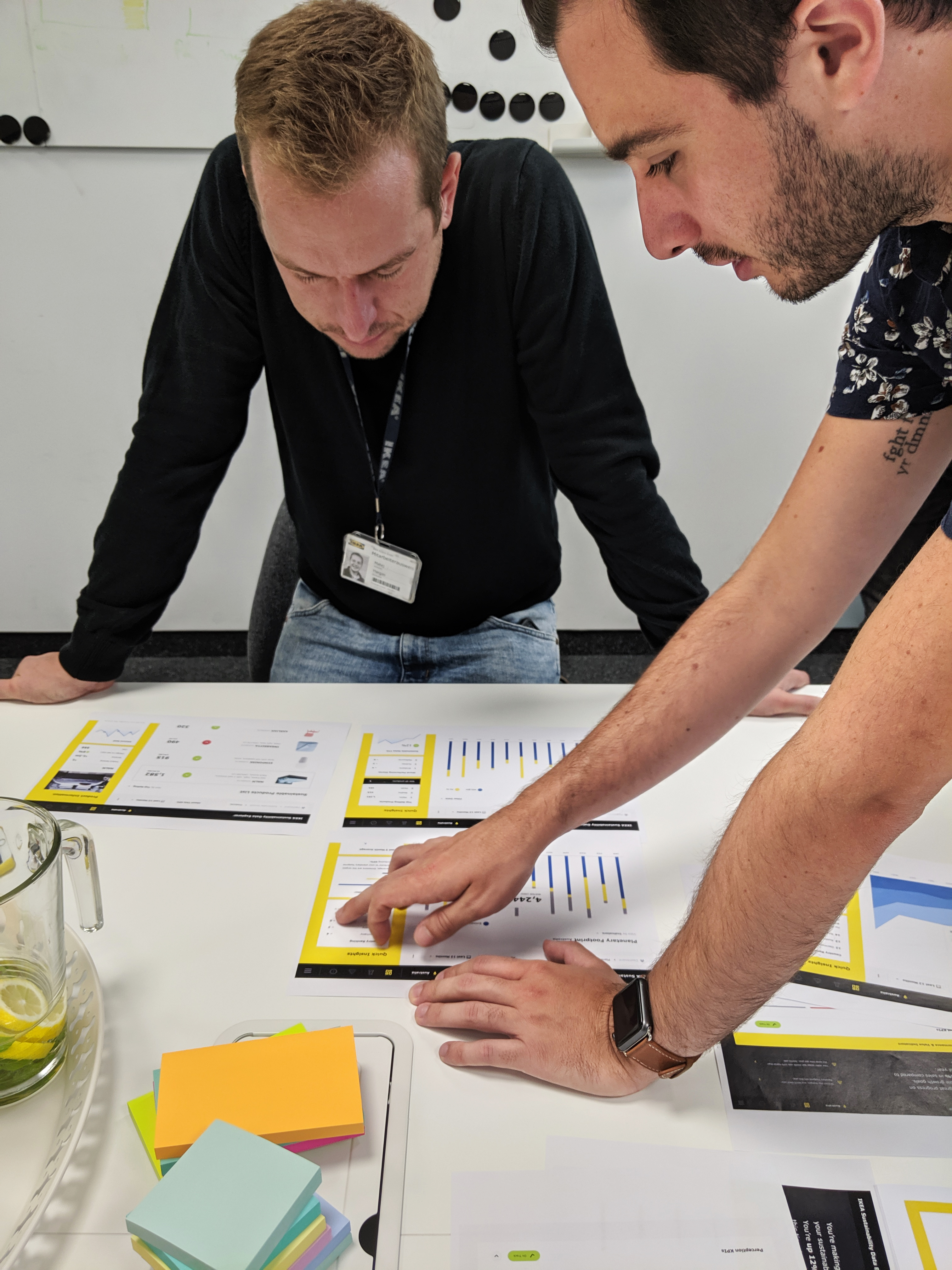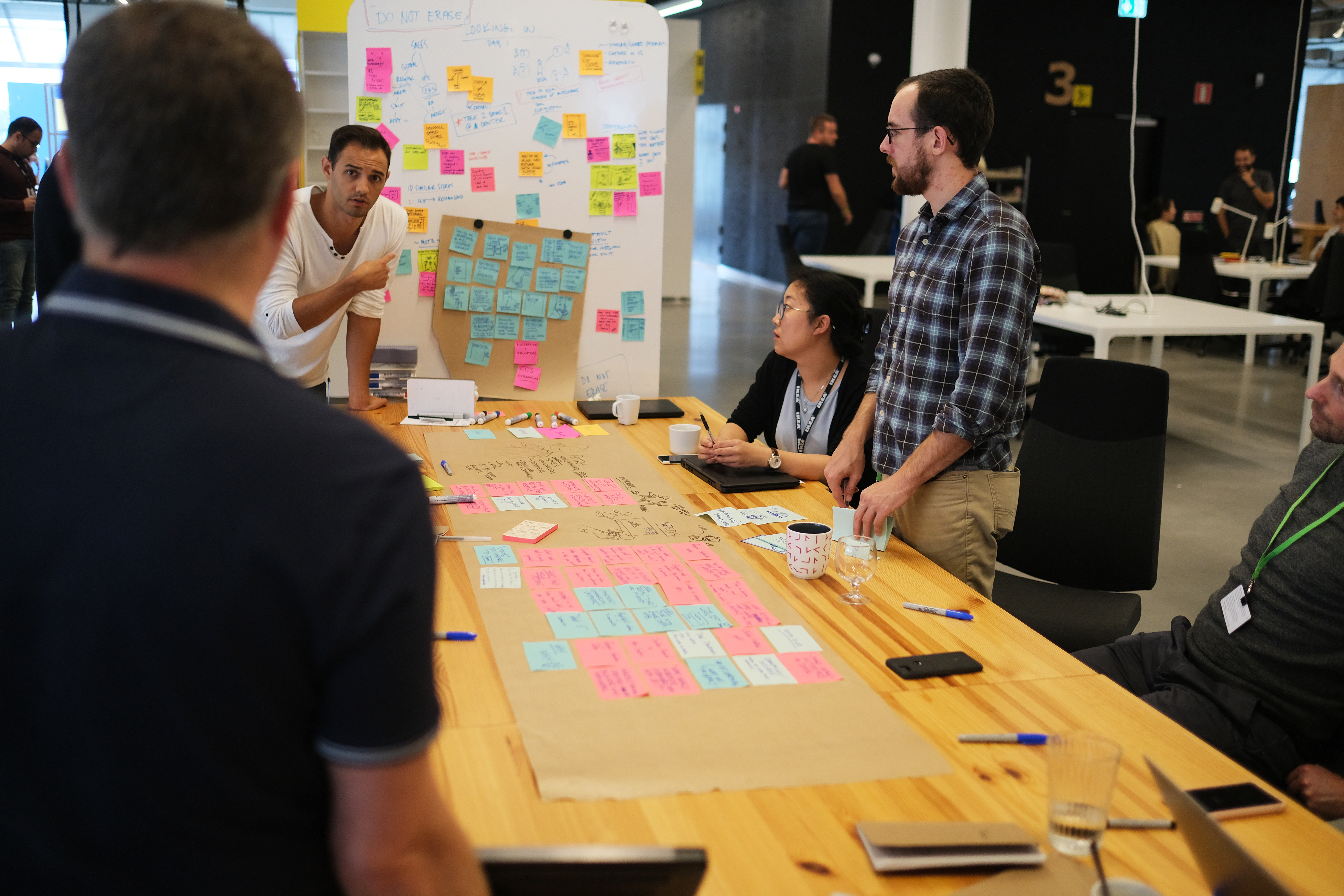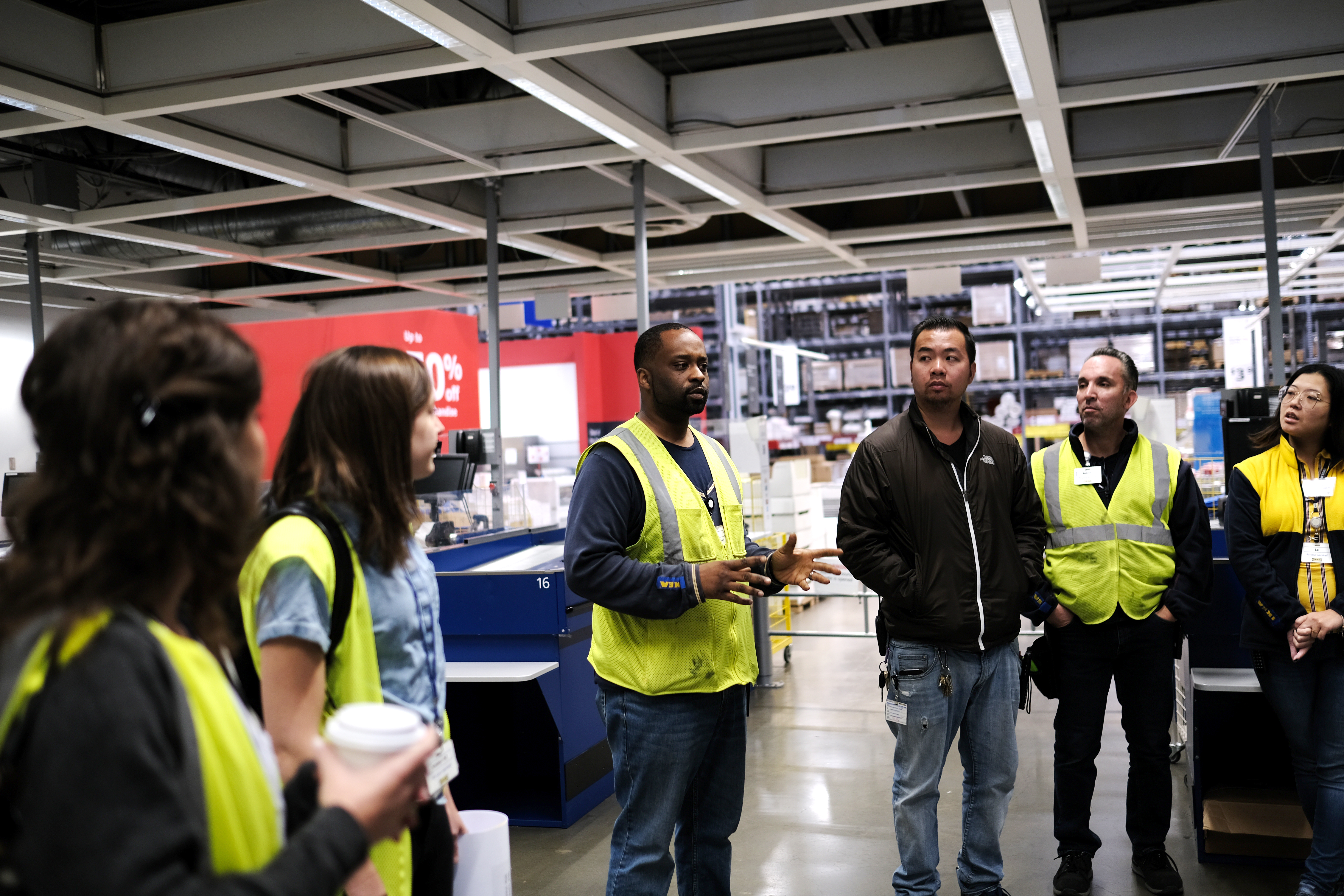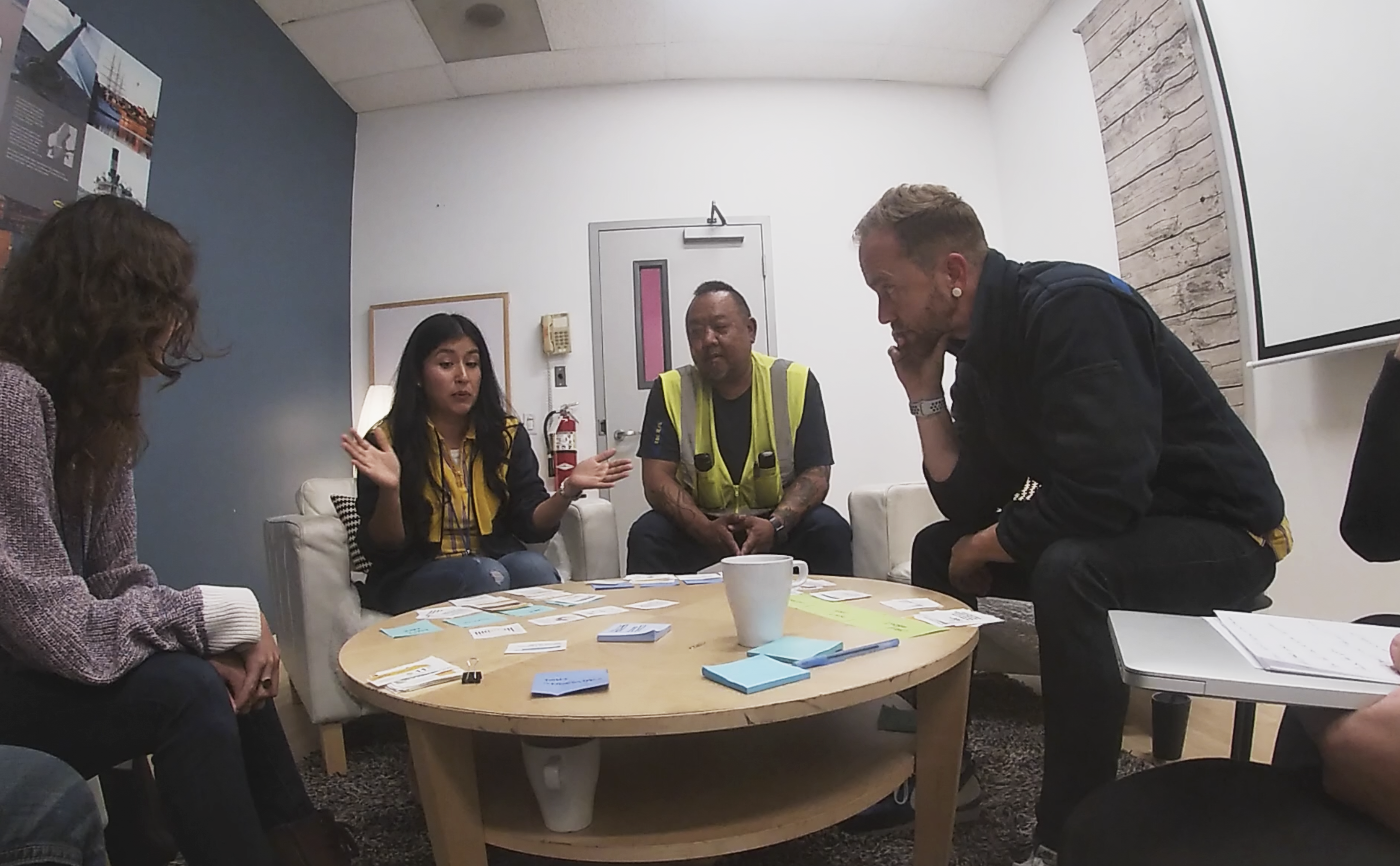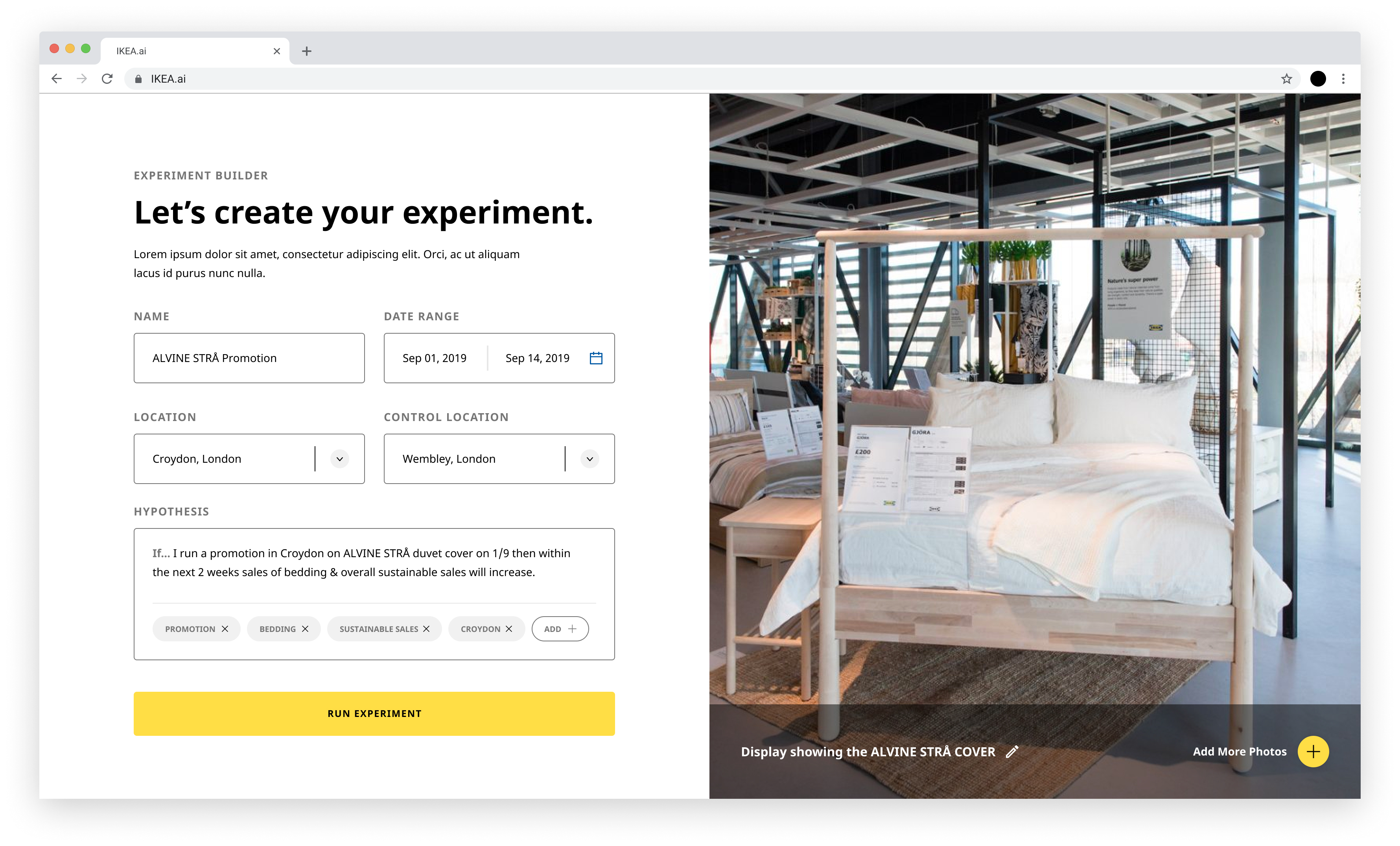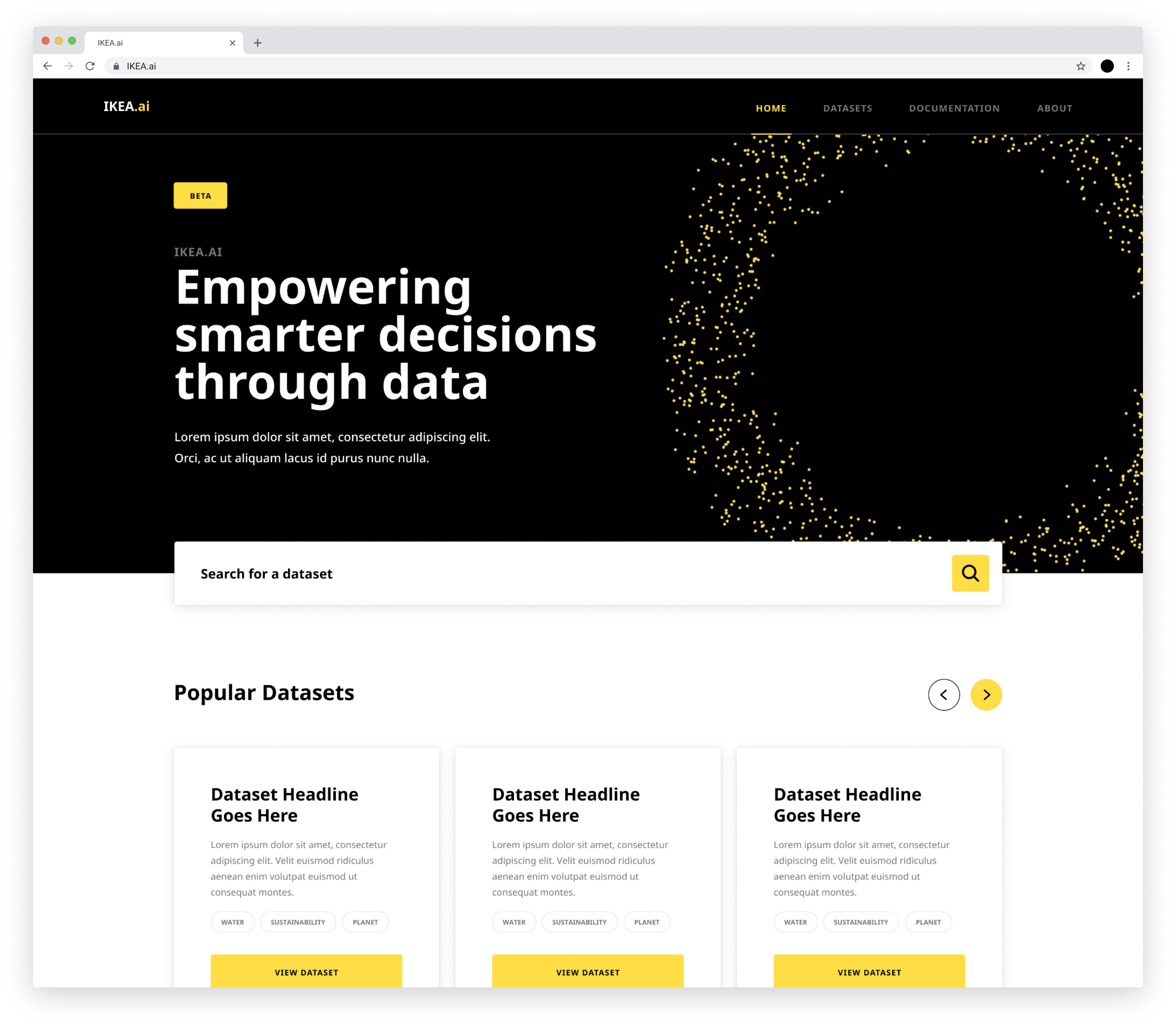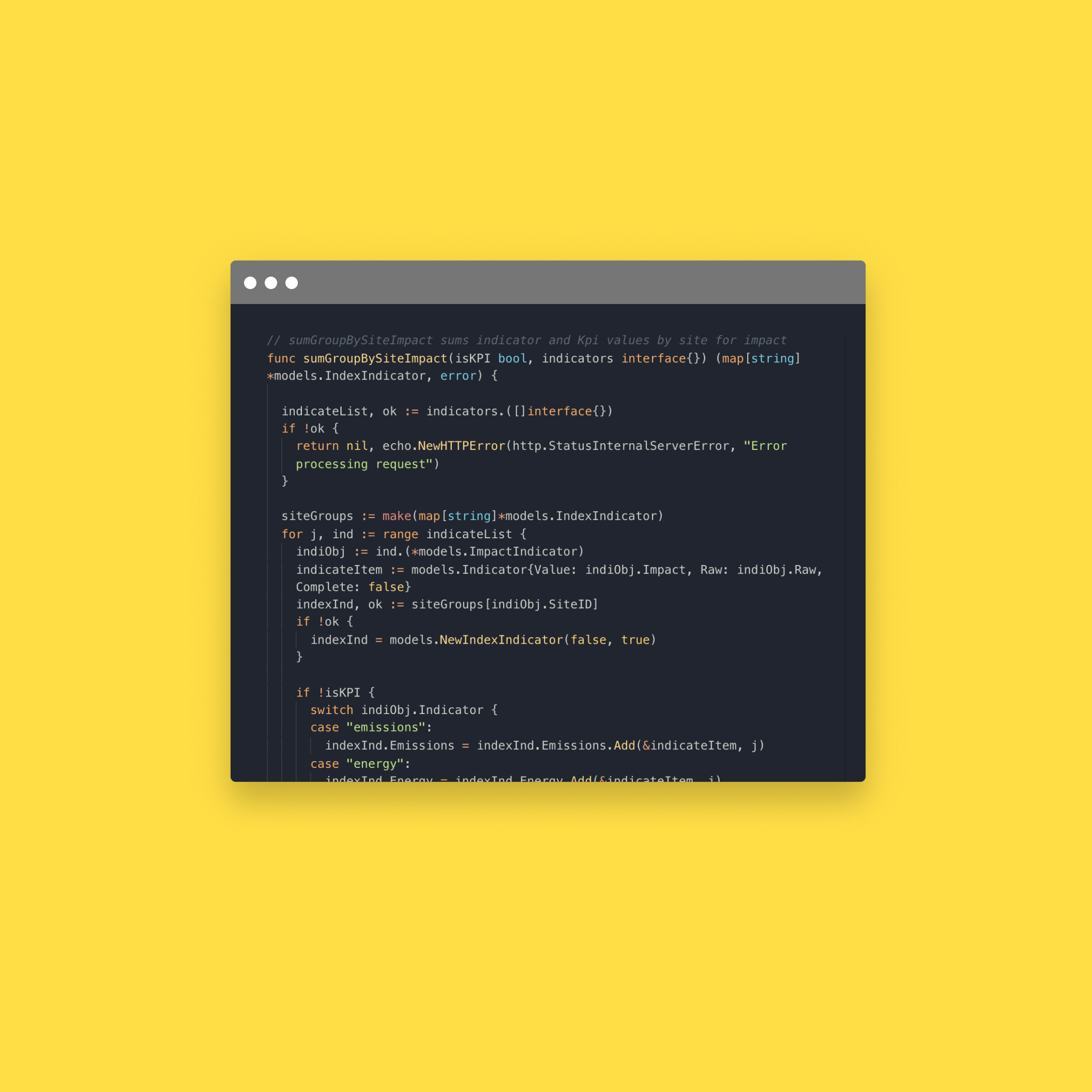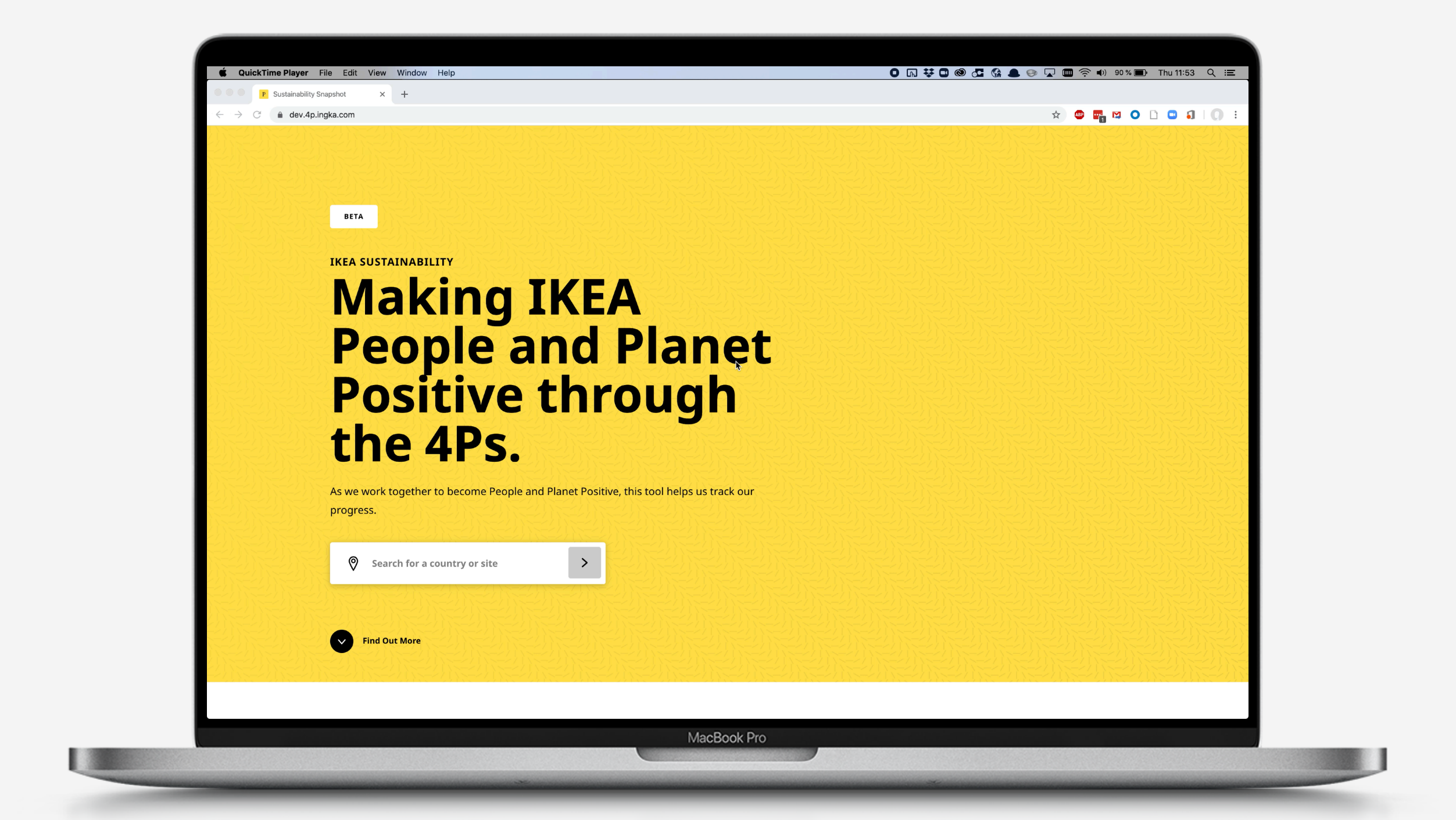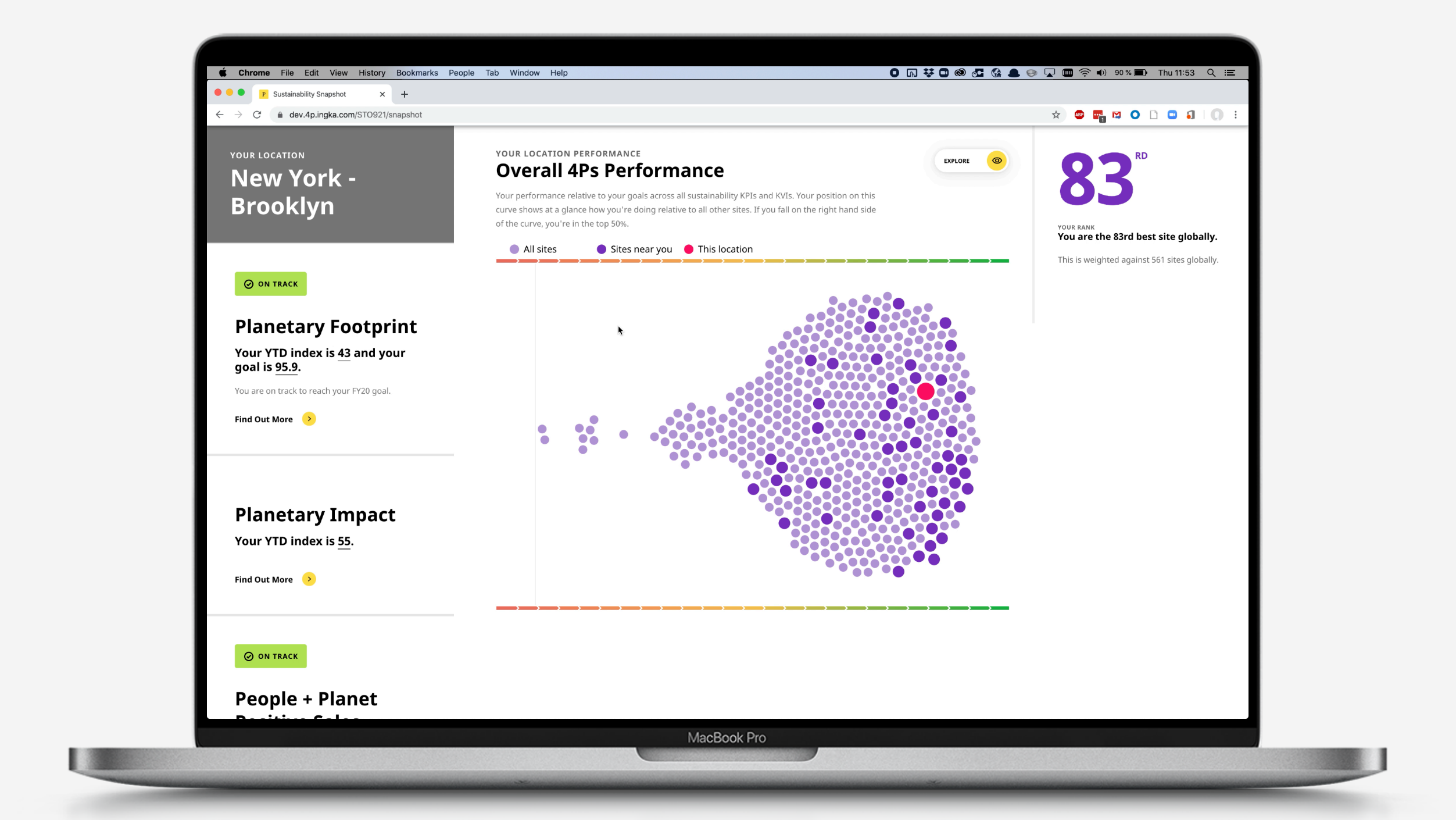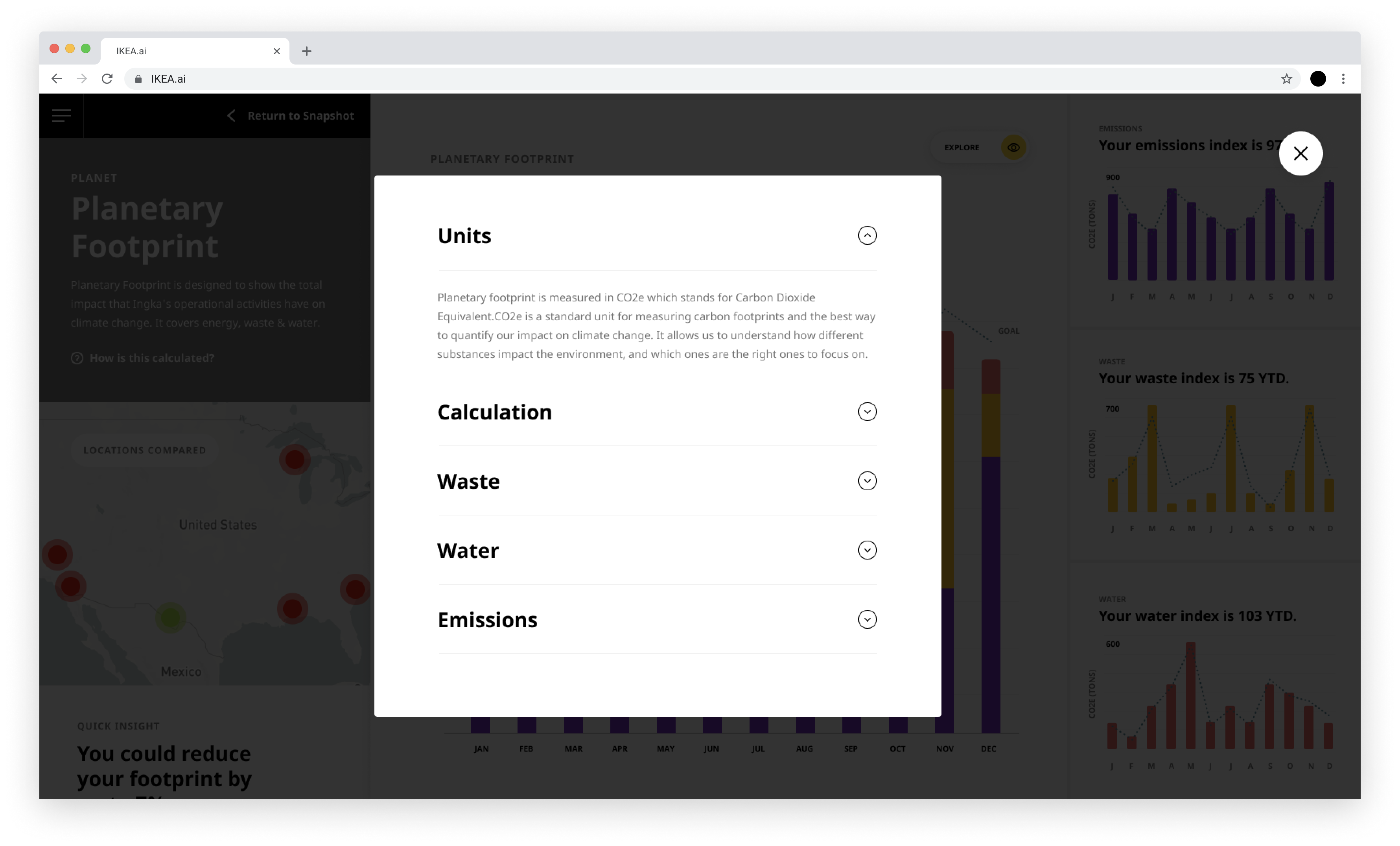IKEA 4P TOOL
IKEA has always been a global leader when it comes to sustainability and is often used as an example of doing good is also good for the business. Data on the other hand hasn't been their strong suit. To help IKEA on this journey, empowering their mission through data, we worked with them to build out a tool that brought sustainability data around their 4Ps (people, perception, planet and profit) into the hands of the many.
I was working, with my IDEO colleagues, both with senior leaders at IKEA to scope the work, define the new data strategy and identify areas where it could be beaconed. The outcome of that beacon were the 4P dashboard which I primarily share below.
2019
MY ROLE
Project Guide
Strategy
UX design
Research
WOULDN’T IT BE GREAT IF…
all IKEA employees had the latest data, at the right fidelity at their fingertips to make an informed decision on sustainability?
An overview of the 4P dashboard
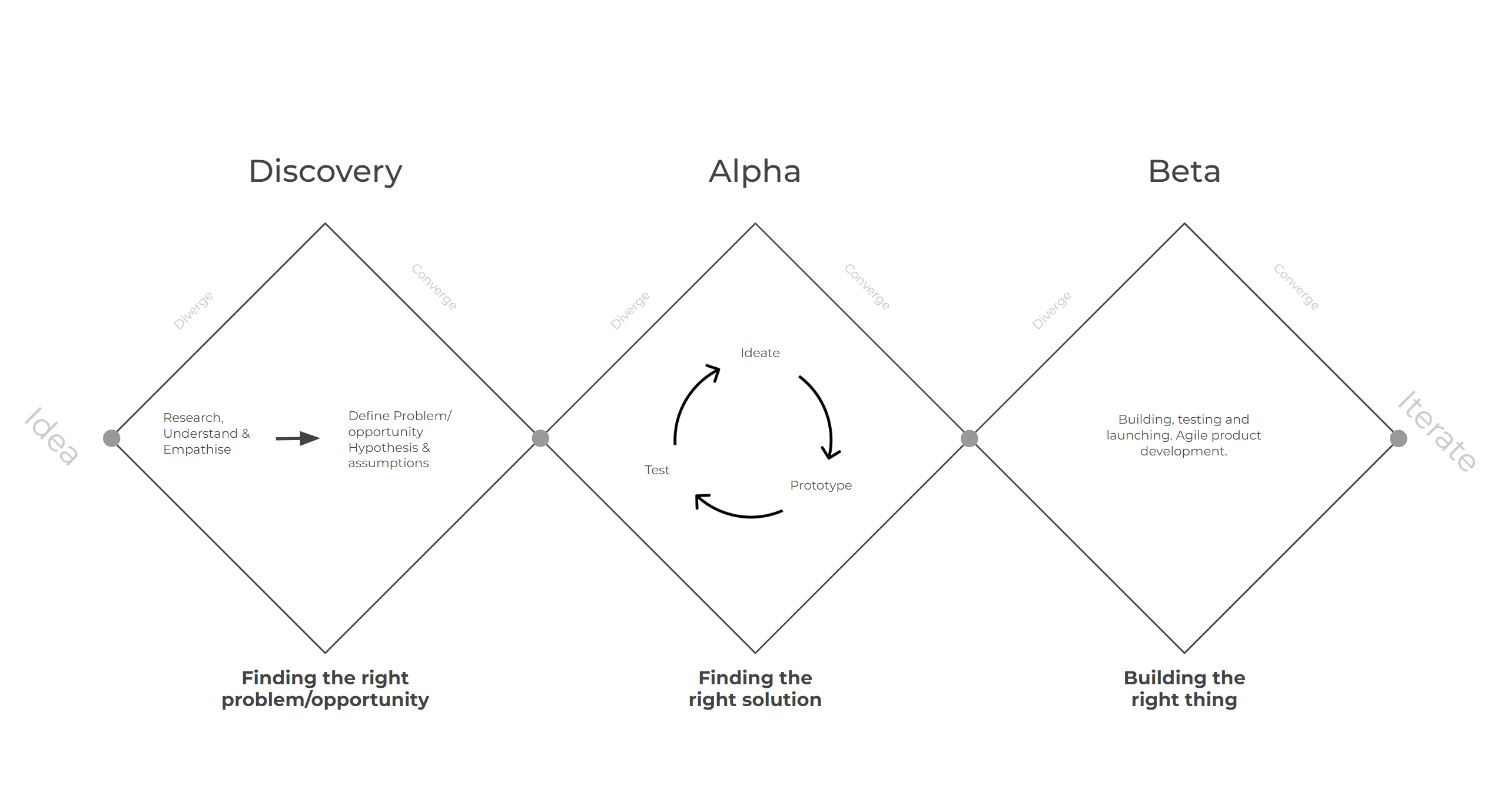
The overall project, which lasted 9 months, went through three main phases. We had a discovery phase where our priority was to find the right opportunity inside of the IKEA organisation to work on. The Alpha phase where we iterated our way to the right solution for that opportunity and finally the Beta phase where we looked to build that solution and launching.
DISCOVERY
Uncovering where to focus
Through an iterative approach, we worked closely with the IKEA leadership and experts to define the need for a new data platform focused on the 4Ps, People, Perception, Profit and Planet. We prototyped the potential experiences with high fidelity in the data and presentation but low coverage. Meaning that we worked with two selected stores, out of hundreds globally, and crafted real insights for them to react and use by manipulating and designing the information by hand. We did this to get real reactions and insights on what works and what doesn't.
ALPHA
Finding the right solution
Once we had a good grip on what we were working towards we broke it down into different assumptions to be tested. For each, we crafted an experiment that would help to prove or disprove the assumption and help to build confidence that we are building towards the right thing.
This involved a lot of prototyping with both UX, brand, data and code to learn what works and what doesn't.
Much cheaper, easier and better to fail and learn early than after a product is fully built and launched.
BETA
Building the right thing
With our largest assumptions proven, both right and wrong, we had a high degree of confidence that we were building a product that not only had an audience but also worked well in their context and we were able to launch it in the IKEA organisation.
With those things proven, we started to commit to building things in code for reuse, not just to learn. In a classic agile product setup, we worked together with implementations partners, Reaktor, IKEA internal stakeholders and experts to build out the 4P dashboard. We continuously tested it with users to adjust and tweak it, a process that will be ongoing for the lifetime of this tool.
When I and IDEO dropped out from this project we also left a hefty backlog of interesting experiments and strategic explorations for the product team to continue the evolution with. This together with a playbook on how to approach data using the 4P dashboard as the main case study to be duplicated in the organisation going forward.
Main outcomes
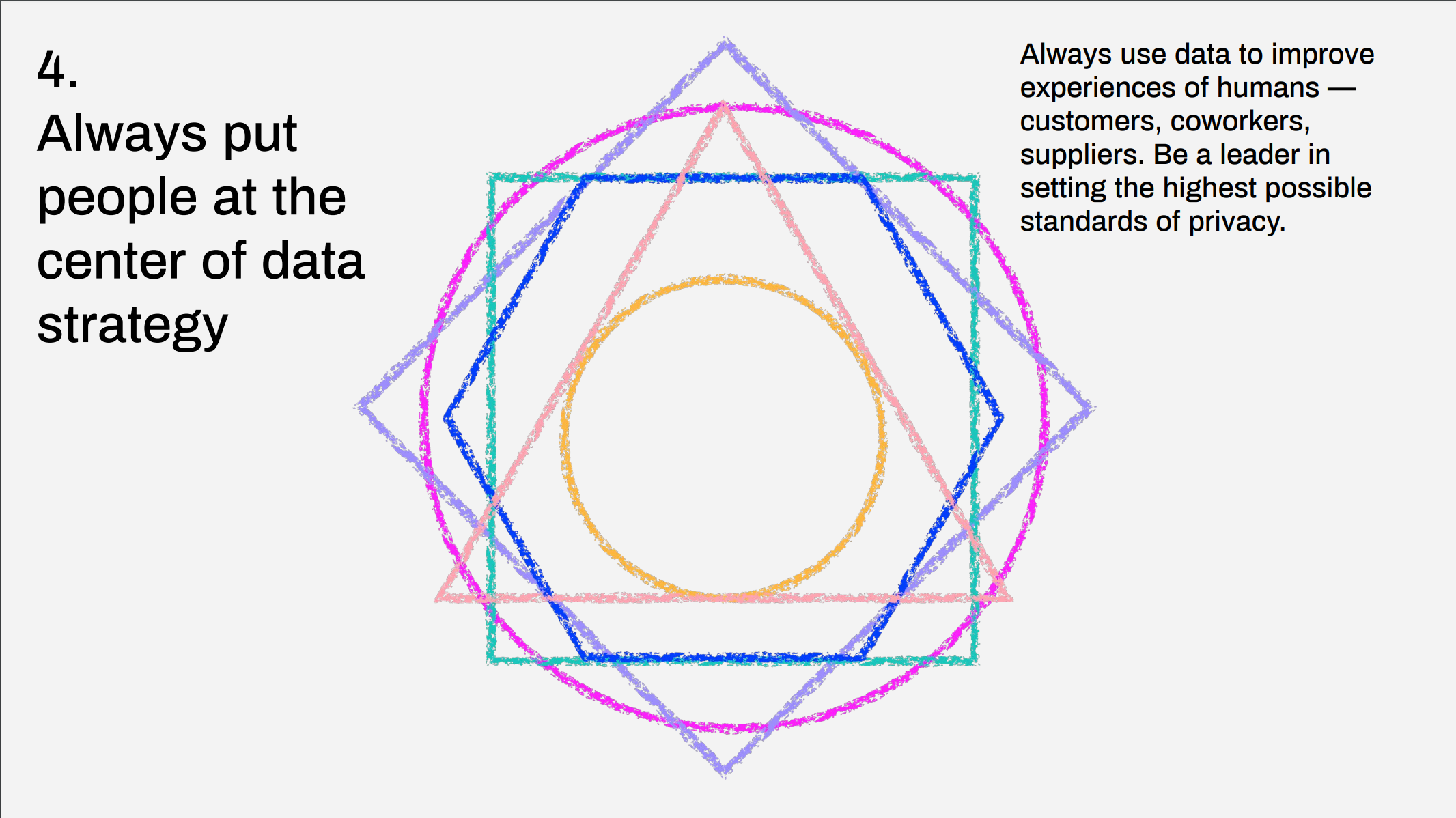
A DATA STRATEGY
Fitting the unique customer promises and values of the IKEA organisation
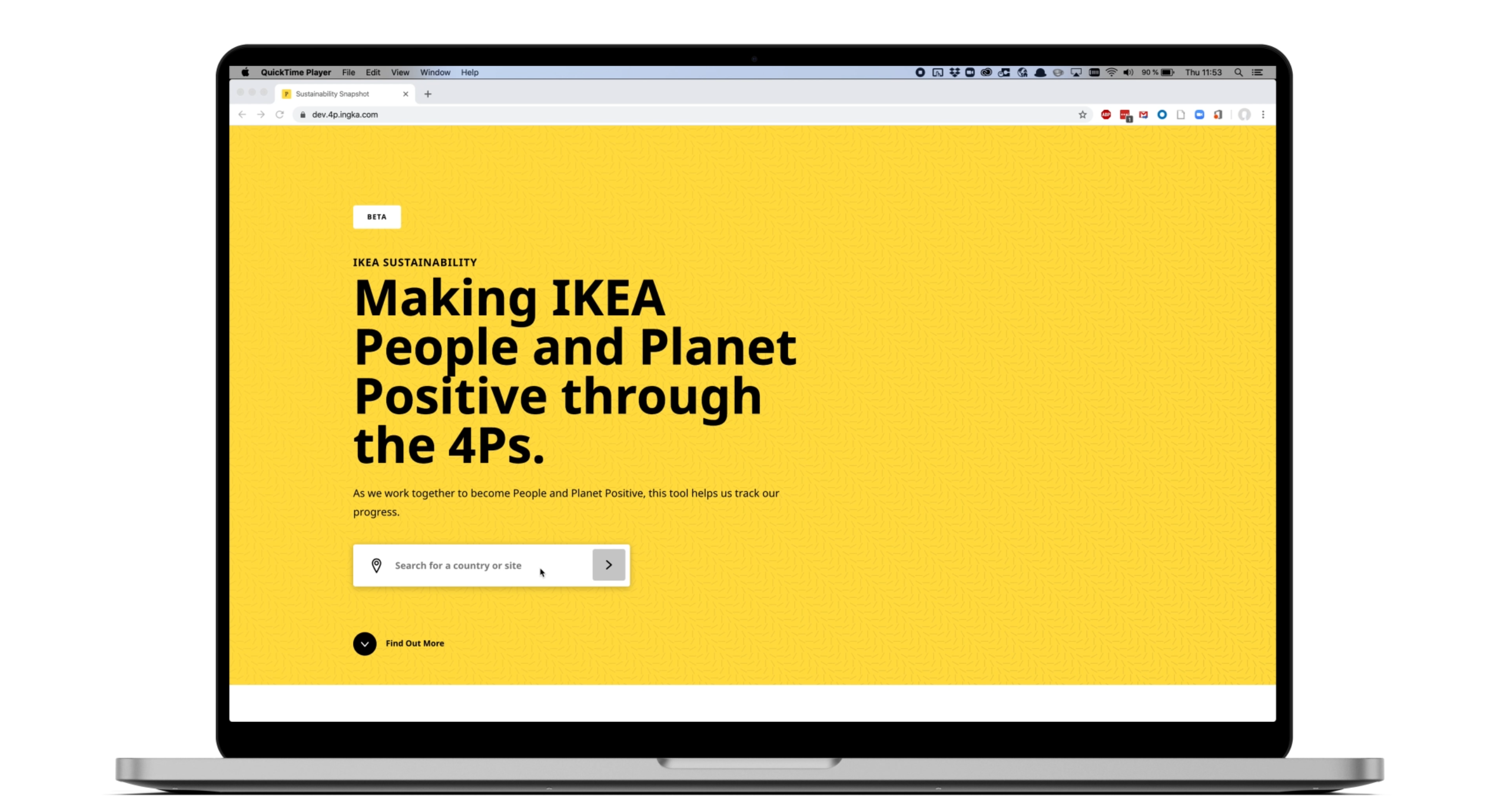
LAUNCHED PRODUCT
The 4Ps launched as an internal tool to the 160.000 employees,
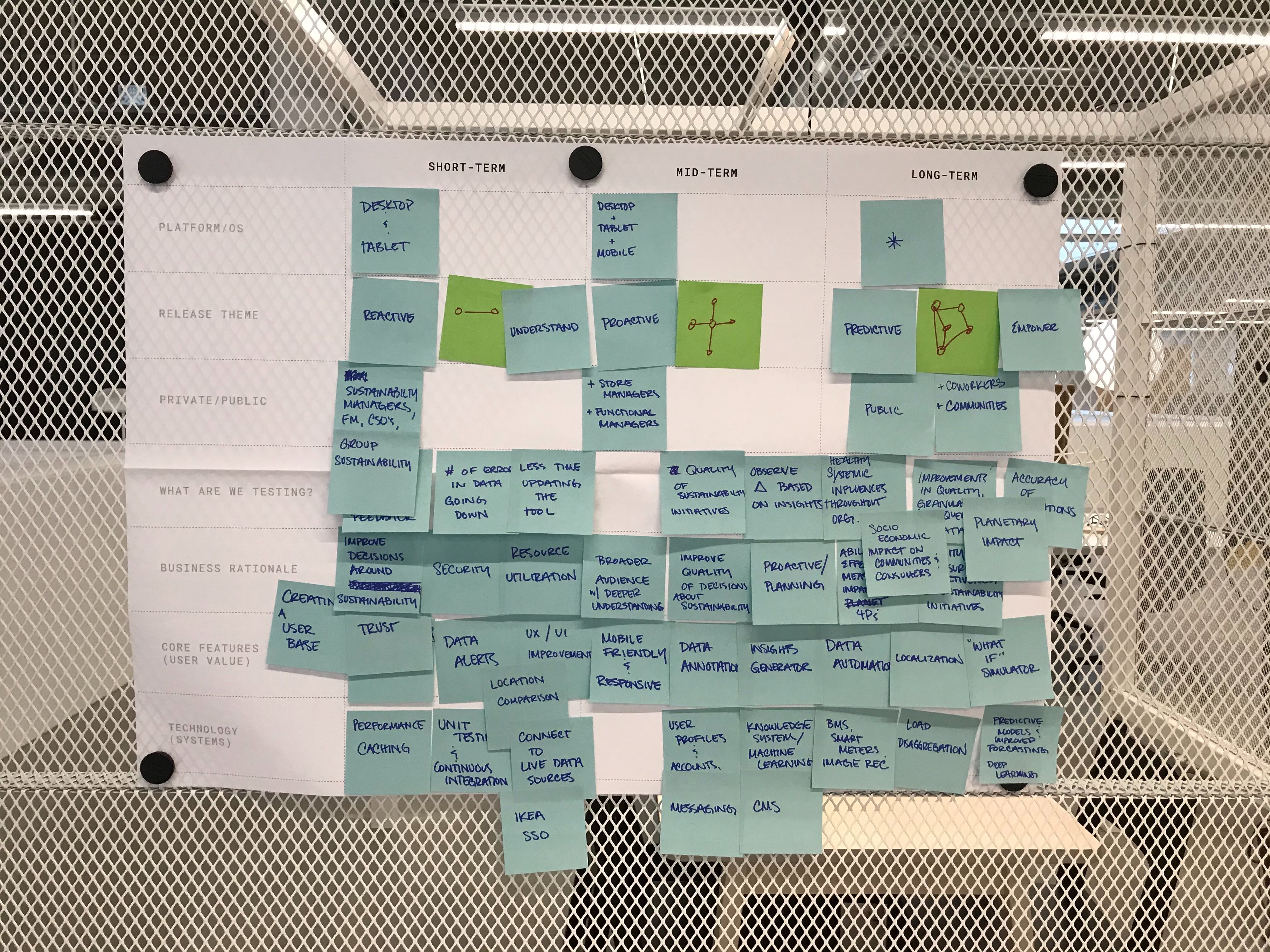
A ROADMAP
Filled with experiments to keep working and evolving it.
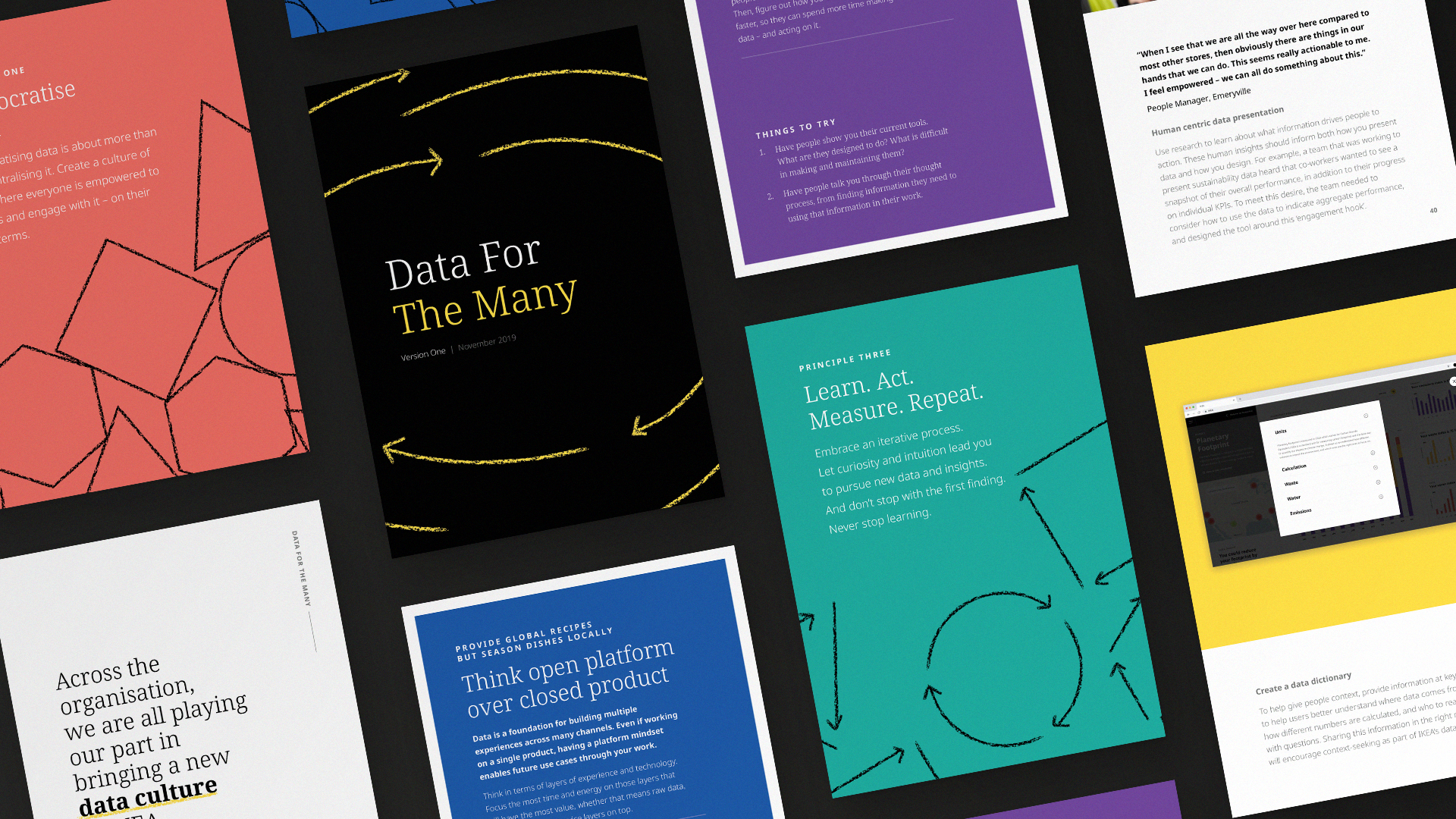
A NEW WAY OF WORKING
A playbook and case study on how to work with data and incorporating it into the product design process,

